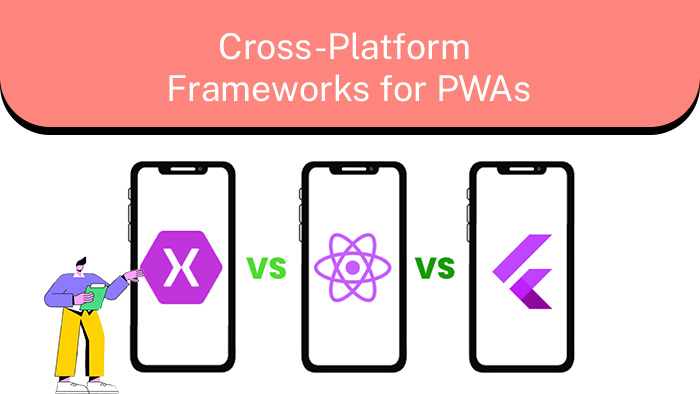Which frameworks or tools are commonly used for native application development?
Native application development commonly utilizes popular frameworks and tools such as React Native, Flutter, and Xamarin. These frameworks offer developers the ability to write code once and deploy it on multiple platforms, saving time and resources. React Native, based on JavaScript, allows developers to build native apps for Android and iOS using a single codebase. Flutter, developed by Google, uses Dart language and offers a rich set of pre-designed widgets and smooth performance. Xamarin, owned by Microsoft, allows developers to write apps in C# and share code across multiple platforms. These frameworks provide developers with a range of options to develop native applications efficiently and effectively.

